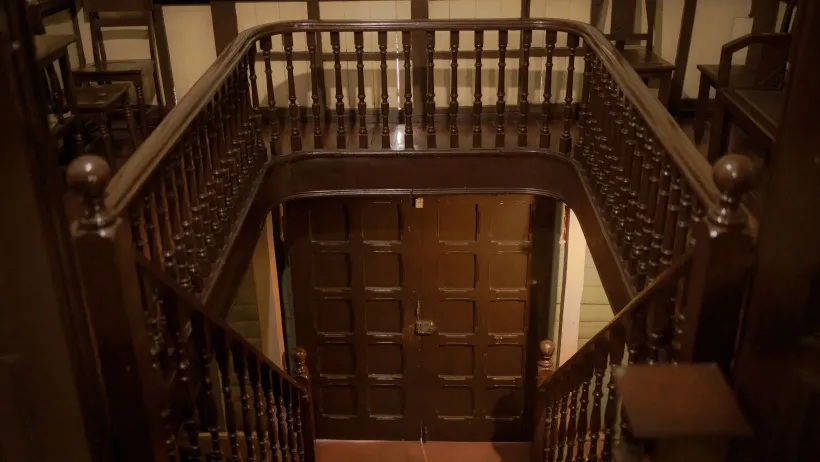The Greater Toronto Area (GTA) is not just a modern metropolis but a repository of rich history, reflected in its diverse architectural styles, landmark buildings, and heritage properties. These structures serve as a bridge to the past, showcasing the evolution of the city and the region. Let’s embark on an in-depth journey through the GTA’s historic landscape, spotlighting the efforts to preserve and restore these valuable pieces of history.
Heritage Properties in the GTA
The GTA is dotted with heritage properties that echo the city’s past and cultural evolution. Here are some of the most notable ones:
- The Elgin and Winter Garden Theatres: This unique Edwardian stacked theatre complex in downtown Toronto is a marvel of early 20th-century architecture, combining the grandeur of the Edwardian era with the playful spirit of vaudeville.
- Casa Loma: This midtown Toronto Gothic Revival style mansion, complete with its stunning gardens, stands as a symbol of the city’s early 20th-century affluence and dreams.
- The Distillery Historic District: A testament to Toronto’s industrial past, this district houses North America’s most extensive collection of Victorian-era industrial architecture, transformed into a vibrant cultural hub.
Landmark Buildings and Architectural Styles in the GTA
The architectural landscape of the GTA is as varied as its history:
- CN Tower: This Modernist marvel not only defines Toronto’s skyline but is a symbol of modern architectural aspirations, recognized globally for its height and distinct design.
- Toronto Dominion Centre: Designed by the renowned Ludwig Mies van der Rohe, this collection of sleek, black skyscrapers exemplifies the International style, characterized by its minimalist aesthetic.
- Gooderham Building: Known affectionately as the Flatiron Building, this Romanesque Revival style structure in downtown Toronto is a celebrated example of 19th-century urban architecture.
Neighborhoods with Unique Architectural Styles
Exploring the GTA’s neighborhoods reveals a diverse architectural heritage:
- Cabbagetown: Boasting North America’s largest continuous area of preserved Victorian housing, Cabbagetown is a living museum of ornate 19th-century architecture.
- The Annex: This eclectic neighborhood is renowned for its ‘Annex-style’ houses, a unique blend of Queen Anne and Richardsonian Romanesque architectural elements.
Preservation Efforts and Restoration Projects
Preserving the GTA’s architectural heritage is a vital task, undertaken by various organizations and initiatives:
- Heritage Toronto: This charity plays a crucial role in conserving Toronto’s architectural heritage, advocating for the preservation and appreciation of historical structures.
- Toronto Preservation Board: Advising the City Council, this board is instrumental in the designation and preservation of heritage properties.
- Restoration Projects: The GTA has seen several significant restoration projects, such as the transformation of the dilapidated industrial site of Evergreen Brick Works into an eco-friendly community space, and the meticulous restoration of the historic Fairmont Royal York Hotel.
Value of Heritage Properties
Heritage properties are more than just historical landmarks; they are the soul of the GTA, providing continuity in a rapidly evolving urban landscape. They offer unique aesthetic appeal, often translating into higher real estate values due to their distinctiveness, craftsmanship, and historical significance.
Conclusion
The GTA’s architectural heritage is a rich tapestry that weaves together various eras, styles, and stories. Exploring these heritage properties and architectural landmarks is like stepping into a living history book, revealing the layers of Toronto’s past. The ongoing preservation efforts ensure that these structures are not just remnants of history but living, breathing parts of the city’s contemporary landscape. They are invaluable assets, serving as custodians of Toronto’s vibrant history and a testament to the city’s commitment to honoring its past while building its future.

